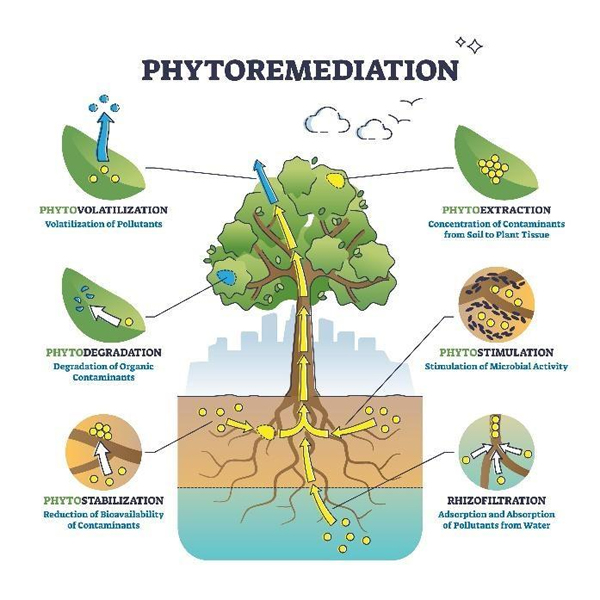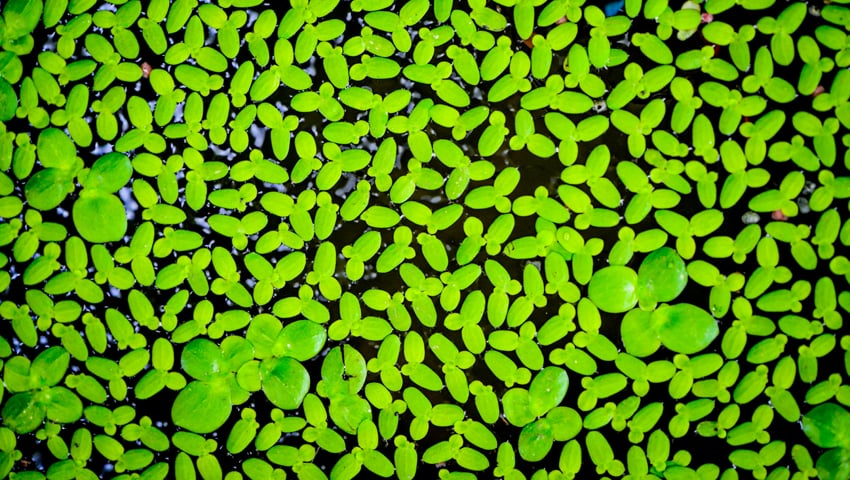Extracts from an article by Dr Natalie Meades: IBERS, KEHub, Aberystwyth University for the Farming Connect website.
Duckweed has the potential to extract and utilise nutrients within wastewaters and to convert them into biomass through a process called phytoremediation – a green technology that involves the use of plants to remove toxic components or contaminants from either the air, within soil or from aqueous solutions.
It offers the potential to purify nutrient rich waters such as liquid manures, slurries and agricultural wastewaters, thereby giving the purified water the potential to be safely discharged into the environment or to be re-used within systems.
The advantage of phytoremediation is that it’s relatively inexpensive to implement and the technology can be described as sustainable.
Phytoremediation has the potential to fit within circular economies where subsequent purified water has the potential to be re-used within systems or safely discharged back into the environment with discharge permits.
Super cleaner
Duckweed is of particular interest with regards to its phytoremediation ability and opportunities to fit within circular systems.
Duckweed has been demonstrated to grow successfully on nutrient rich waters and has demonstrated positive potential to grow on agricultural wastewaters and effluent.
Moreover, duckweed is fast growing and has the potential to extract and utilise nutrients within wastewaters and convert them into biomass.
The resultant biomass has the potential to be valorised as either a high protein feed for livestock and in aquaculture or as a feedstock for bioenergy (bioethanol, butanol and biogas) production.
As such, duckweed has the potential to play an important role in manure and slurry management.
However, further research is needed with regards to the practicality and financial implications of integrating such systems onto farms.
Likewise, more research is needed with regards to the inclusion of duckweed that has been grown on agricultural wastewaters into the diets of livestock species, especially regarding animal health, performance and product safety.
How does phytoremediation work?
Phytoextraction/phytoaccumulation – Plants uptake components or contaminants from the soil or from water and translocate and store them in their biomass
Phytostabilisation – Plants act by reducing the mobility and phytoavailability of components or contaminants within an environment.
Phytovolatilization – Plants that are described to be hyperaccumulating, uptake components from the soil or water, translocate them to the aerial regions of the plants and volatilize them so they are lost to the air.
Phytotransformation – Plants that are described to be hyperaccumulating are able to modify, inactivate, degrade (phytodegradation), or immobilise (phytostabilization) components through their metabolism as part of defence mechanisms.
Rhizofiltration – Aquatic plants that are described to be hyperaccumulating, adsorb and absorb pollutants from aquatic environments such as water and wastewater.

The full technical article can be found on the Farming Connect website
